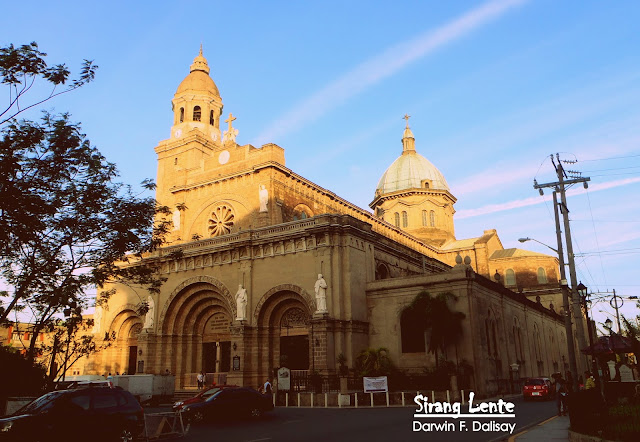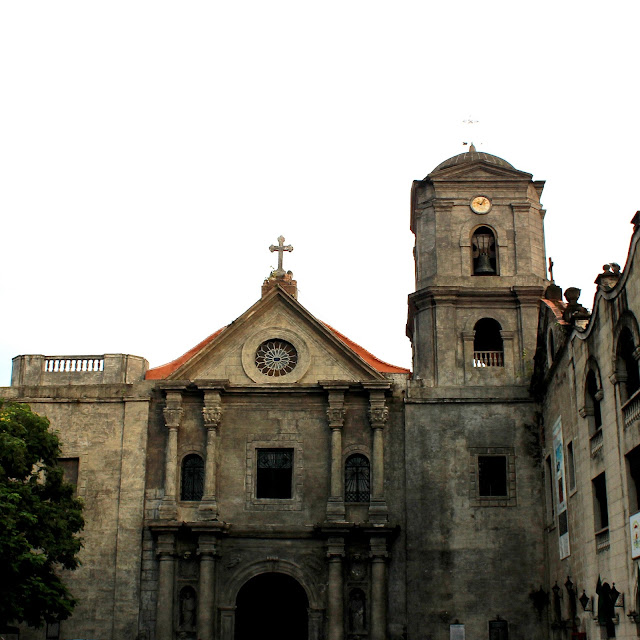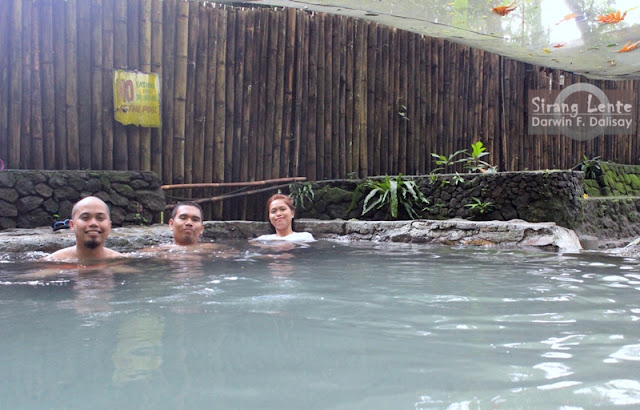
Jump to: | About San Sebastian Church | History | Architecture | How to Get There | Mass Schedule | Travel Tips | Nearby Attractions | Where to Stay | Summary
⛪ About San Sebastian Church
San Sebastian Church, also known as the Basilica Minore de San Sebastian, stands majestically in Quiapo, Manila. This Roman Catholic Basilica is the only all-steel church in Asia and one of the few in the world, making it a true architectural gem and a symbol of Filipino craftsmanship and resilience.









